Keeping track of every IT asset — particularly as remote work has become common — is essential if your company wants to limit financial losses and fraud risk. According to some estimates, most remote employees use at least two employer-assigned devices, and a smaller percentage use three or more. In general, the more devices in use, the greater the potential for loss or theft.
But you can keep tabs on hardware such as desktops, laptops, mobile phones, tablets and the software you’ve purchased or developed to operate them, with IT asset tracking. Following is a three-step guide.
1. List your assets. The first step involves developing a list of the IT assets you need to track. Although third-party software can help simplify this task (especially if the software incorporates physical barcoding to identify and track physical assets), the cost may outweigh the benefits for small businesses. In those cases, a simple spreadsheet can suffice. Regardless of the approach you follow, the goal is to identify every asset and ensure the tracking database or document is kept up to date.
2. Develop policies and procedures. Your company must have tracking mechanisms at every stage of the process — from ordering, receiving and assigning to retiring IT assets. When writing your policies, ask such questions as:
Who’s authorized to purchase hardware or software?
Is there a process to assign a unique tracking number to each asset?
How should employees report possible theft or loss?
What’s the procedure for reclaiming IT assets from employees leaving the company?
Who’s allowed to access and update tracking records?
3. Ensure compliance. To help ensure your IT asset tracking process works as designed, audit it periodically. The audit should focus on the accuracy of the tracking database. It should also document and verify that devices assigned to employees remain in their possession. Depending on the volume of hardware and software your company tracks, it may make sense to randomly select assets for scrutiny. If you find that assets are missing, investigate the incidents thoroughly.
These steps are important because lost or stolen IT assets are expensive to replace. Also, they can expose your company’s data, including customer information, to unauthorized third parties. In extreme circumstances, a missing device may enable a thief to gain access to your company’s IT network. Contact us for more information about preventing fraud and theft.
© 2022



